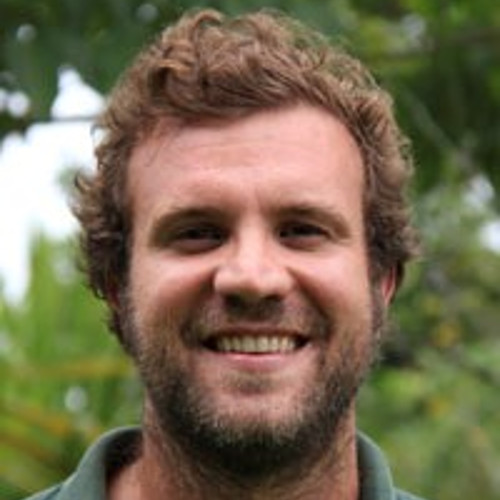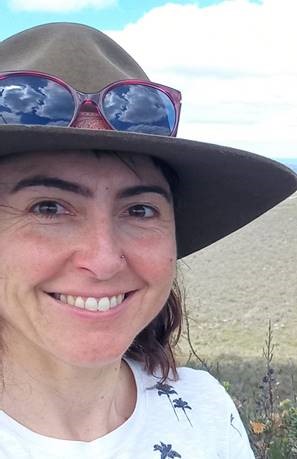Near-surface remote sensing of plant condition in mine site restoration environments
Non-invasive methods to assess plant physiological condition have been developed at different scales, from leaf to ecosystem, to inform different processes. Among them, near-surface remote sensing techniques provide the adequate spatial, spectral and temporal resolutions to accurately validate the relationships between proxy indicators of plant health derived from sensed data and real changes in plant physiology measured through traditional plant physiological techniques. PhD student Jaume Ruscalleda is exploring the potential of non-invasive methods to assess plant health in the context of diverse plant communities’ restoration.
Background
Plant physiological status can be determined in a non-invasive/non-destructive way through remote sensing of electro-magnetic radiation, enabling the measurement of plant responses to environmental stress. This can be used to generate proxy indicators of base physiological variables, which will only be valid if they are easier to measure as well as good estimators of the base variables of interest. Near-surface remote sensing measurements provide the most appropriate spatial, spectral and temporal resolutions to accurately establish the relationships between remote sensing measurements and real changes in plant physiology, especially for plant communities with a range of functional and structural types that show diverse responses to stresses, potentially setting the foundations for scaling up to more remote and time-efficient sensors that allow for the monitoring of larger areas in shorter periods of time. In addition, when combined with the accurate, well-studied traditional physiological measurement methods, a near-surface remote sensing approach has the potential to provide guidance in the search of innovative, multi-sensor techniques for the quantification of specific plant physiological processes
In the field of agronomy, non-invasive methods for plant condition assessment at various scales have been studied, implemented and automated with success in the context of high precision agriculture, phenotyping, and glasshouse experiments, among others. In particular, multiple hyperspectral and thermal indices have been shown to inform of different stages of early, moderate and severe plant stress in agricultural trees of semi-arid environments. The diversity of species and functional types found in plant communities of SW Australia demands for the development of a new approach that looks beyond what has worked for agricultural monoculture environments where correlations between plant physiology and remote sensing are often enough to inform farm management. Studying plant performance in different times of the year and of the day may inform of how to perform targeted sampling to maximise differentiation between plant functional types, as well as detect stress, which could help in choosing the right remote sensing indicators at the right times for different functional types and achieve the goal of accurately estimating plant health in a diverse community.
Aims
- Determine if near-surface remote sensing measurements can reliably quantify plant drought stress condition in a biodiverse and heterogeneous plant community.
- Propose quantitative criteria to evaluate restoration success, by defining a fast, accurate and easy to perform methodology, potentially establishing the foundations for scaling up to more remote imaging platforms that allow monitoring of larger areas in shorter periods of time
Significance
This research will explore the fundamental basis for developing new, and faster approaches to assess plant heath which have the potential to help researchers, regulatory agencies and mining companies in determining the status of plant community restoration, specifically plant drought stress status, through reliable quantitative criteria. These innovative methods could be used in restoration trajectory monitoring and in diagnosing of issues at an early stage to inform restoration management, which is currently done through partial, arbitrary and/or subjective criteria. Remotely sensed methods have the potential to be quicker to perform and, if sufficiently accurate, could be upscaled for the monitoring of large areas over a short period of time through air-borne and/or space-borne sensors that will benefit from the leaf and plant scale processes explored by this research, further contributing to the development of new approaches to monitor plant status in large vegetated areas, both restored and natural.





